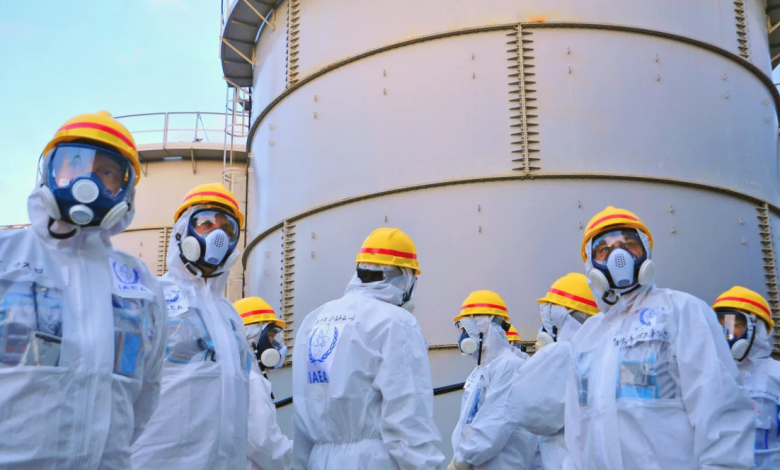Definitive ok for the release in the ocean of the water of Fukushima

Fukushima holds 1.27 million tonnes of radioactive water
(Sustainabilityenvironment.com) – Another step forward for the Fukushima nuclear power plant after the approval of the plan to release contaminated and treated water into the sea. On May 18, the proposal of Tepco, the company that manages the Japanese nuclear power plant devastated by the earthquake and tsunami of 2011, received approval from the national authority that regulates atomic energy. This is the last substantial step in the process of approving the plan. The final green light, however, will arrive only in July after the evaluation of the opinions submitted by associations and individuals, says the head of the authority Toyoshi Fuketa.
With the release of the contaminated water from Fukushima Daiichi in spring 2023, a very difficult chapter in the decommissioning dossier of the plant will close. During the last 12 years, the melted core of the reactors destroyed during the Japanese nuclear disaster has been constantly cooled with water, then stored in tanks near the plant. Now the capacity is reaching its limit and the solution found by Tepco is to spill all 1.27 million tons of liquid into the ocean.
Before ending up in the ocean, the contaminated water will be treated to eliminate all radioactive elements. Except for tritium, a hydrogen isotope too small to capture. The liquid will then be diluted with seawater to a level of radioactivity 40 times lower than the limits imposed by Japanese law. The release will take place via an underwater tunnel, still to be built, about 1 kilometer long.
The approval of the Nuclear Energy Authority comes a few weeks after the approval of the plan by the International Atomic Energy Authority. IAEA Director Rafael Grossi visited Daiichi’s facility yesterday and will try to reassure the skeptics. The Agency will monitor the entire release phase and among the measures to reassure neighboring countries is participation as observers in the process. Recently, South Korea, which together with China is the country that most opposes the release of Fukushima water, announced that it will participate in the IAEA monitoring. Some internal dissensions remain, such as that of Yoshihiro Murai, the governor of Miyagi Prefecture, adjacent to that of Fukushima, who still asks Tepco to explore alternatives to release at sea.





